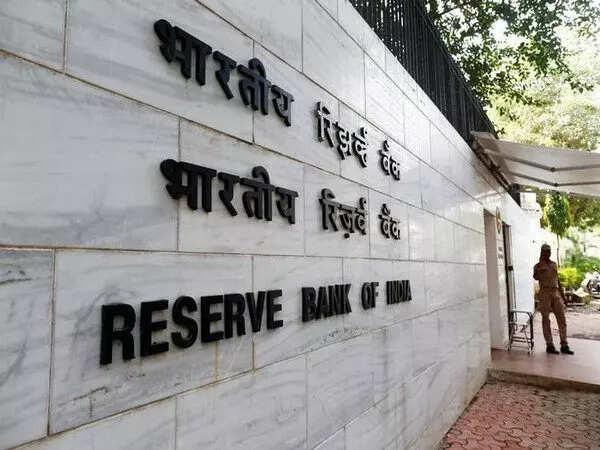The Reserve Bank of India’s record dividend payout to the government, nearly Rs 2.7 trillion, was primarily driven by substantial dollar sales and foreign exchange gains. The RBI actively intervened in the forex market, becoming a major seller of reserves. Increased earnings from rupee securities also contributed, although tempered by falling G-sec yields.
RBI’s Unexpected Jackpot: A Financial Analyst’s Take on the Mega Dividend
Okay, folks, let’s talk money – specifically, a lot of money. The Reserve Bank of India (RBI), our nation’s central bank, just dropped a financial bombshell: a whopping ₹2.11 lakh crore dividend payout to the government. That’s ₹2.7 trillion, for those who prefer their numbers with a few extra zeros. Forget pocket change; this is a small country’s GDP!
Now, you might be thinking, “Wait a minute, isn’t the RBI supposed to, you know, regulate money, not print it?”. Well, they aren’t exactly minting it from thin air, but the truth is a little more nuanced, and frankly, pretty interesting. This record-breaking dividend isn’t just a happy accident. It’s the result of a complex dance between global economics, savvy financial maneuvering, and a bit of good timing.
Think of the RBI as a giant, incredibly sophisticated money manager. They hold a massive portfolio of assets, including foreign currency reserves, government bonds, and gold. And just like any good money manager, they aim to generate a return on these investments. This year, they hit the jackpot.
So, what were the winning numbers?
The Times of India report hinted at two primary drivers behind this surge in profits. The first one involves playing the global currency markets. See, the RBI actively manages India’s foreign exchange reserves. They buy and sell US dollars and other currencies to stabilize the rupee and maintain a healthy balance of payments. This year, they appear to have strategically sold off a chunk of their dollar holdings.
Why sell dollars? Well, it’s often a carefully calculated bet. Perhaps the RBI anticipated a strengthening rupee or simply saw an opportunity to cash in on favorable exchange rates. Whatever the reason, this maneuver resulted in significant profits from these foreign exchange transactions. Imagine buying dollars cheap and selling them high – only on a scale that dwarfs your average investor’s dreams.
The second factor is all about clever investing. The RBI invests its reserves in various assets, including government bonds. Rising interest rates can actually increase the value of existing bond holdings (bear with me here – it’s not always intuitive). This is because newer bonds are issued at higher rates, making older bonds, with their relatively lower rates, more desirable in the market. It’s a simplified explanation, but the point is that fluctuating interest rates can impact the RBI’s investment portfolio, and this year, it appears to have worked in their favor.
Now, what does this mean for you and me?
On the surface, a massive dividend payout to the government seems like unequivocally good news. More money for the government means more potential for infrastructure development, social programs, and perhaps even a bit of wiggle room for fiscal policies. Think improved roads, better healthcare, and potentially even tax relief.
But here’s where we need to exercise a little caution. This windfall isn’t recurring income. It’s a one-time boost, fueled by specific market conditions. While the government might be tempted to go on a spending spree, it’s crucial to remember that this money needs to be used judiciously and strategically. Investing in long-term projects that boost economic growth, rather than short-term fixes, would be the wisest course of action.
There’s also a potential downside to consider. Some might argue that the RBI’s focus on generating profits could, in some way, distract from its core responsibility of maintaining price stability. The RBI has a delicate balancing act to perform: it needs to manage inflation, support economic growth, and ensure financial stability – all while making smart investment decisions. Generating record profits is great, but it shouldn’t come at the expense of these fundamental objectives.
Furthermore, the fact that this bumper dividend is largely due to dollar sales highlights the inherent risks in relying heavily on foreign exchange reserves. While these reserves are essential for managing currency fluctuations, they are also subject to the vagaries of the global market.
In conclusion, the RBI’s massive dividend payout is a fascinating story of financial savvy, favorable market conditions, and a bit of luck. It presents both opportunities and challenges for the Indian economy. While the government should certainly take advantage of this windfall, it’s crucial to do so with foresight and a long-term vision. This isn’t free money; it’s an opportunity to invest in India’s future, and that opportunity shouldn’t be wasted. We’ll all be watching closely to see how this record dividend is put to use and what impact it has on our economy.
📬 Stay informed — follow us for more insightful updates!







